If you’re planning to install a new gas stove for your kitchen, you might be trying to figure out the difference between LPG gas stove and PNG gas stove. Especially if piped natural gas is readily available in your neighborhood or your home already has a PNG connection, it can be a hard choice.
Let’s weigh both options and evaluate them to see which would be a better addition to your kitchen. By comparing LPG and PNG gas stoves, you can understand their pros and cons to find out which is better and why.
What Is An LPG Gas Stove?
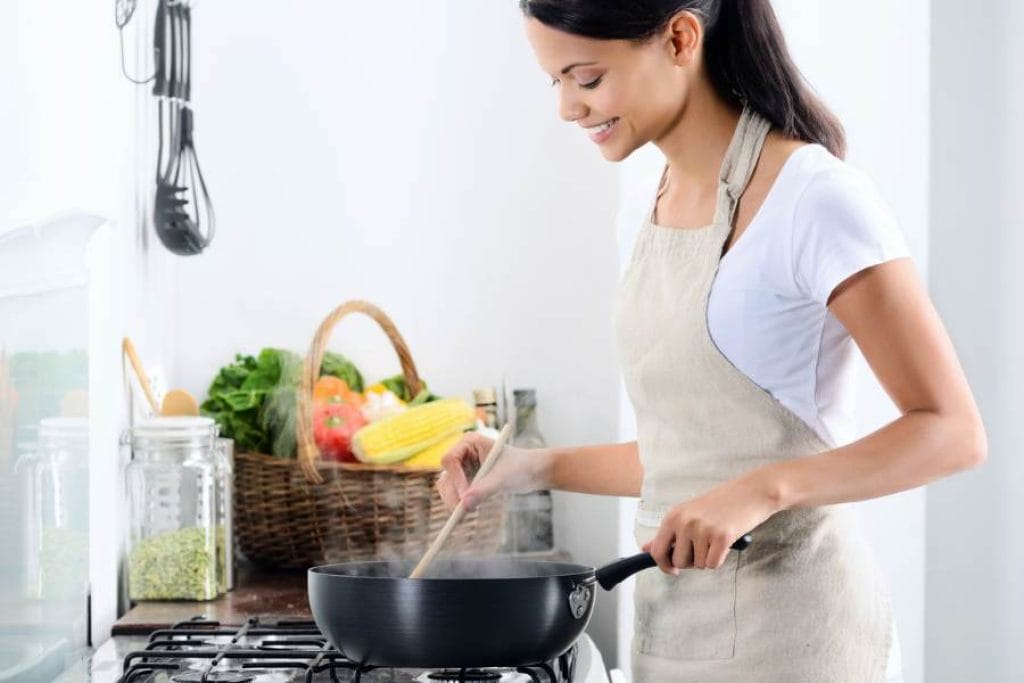
LPG gas stoves have been popular in the Indian market for longer than PNG gas stoves. Let’s take a look at what precisely an LPG gas stove is and why you should or shouldn’t get one.
LPG is the abbreviated form of Liquified Petroleum Gas, which is a combustible mixture of three hydrocarbon gases – butane, propane, and pentane.
As you might be aware, LPG is stored and transported in cylinders. A flexible pipe connects an LPG gas stove to the LPG cylinder. Once the cylinder runs out of gas, you must replace it with a refilled LPG cylinder.
You can buy either a single or multi-burner gas stove for LPG. The gas pressure can be controlled using both the controller knob at the end of the gas pipe and the knobs on the stove. You can move the whole setup to any part of your home as needed.
Liquid petroleum gas has a thermal energy content of 93.2 MJ/m3. While burning other fuels like petrol generates much higher energy levels, LPG is one of the most suitable fuels used for cooking on gas stoves at home and commercial establishments.
Recommended LPG gas stoves:
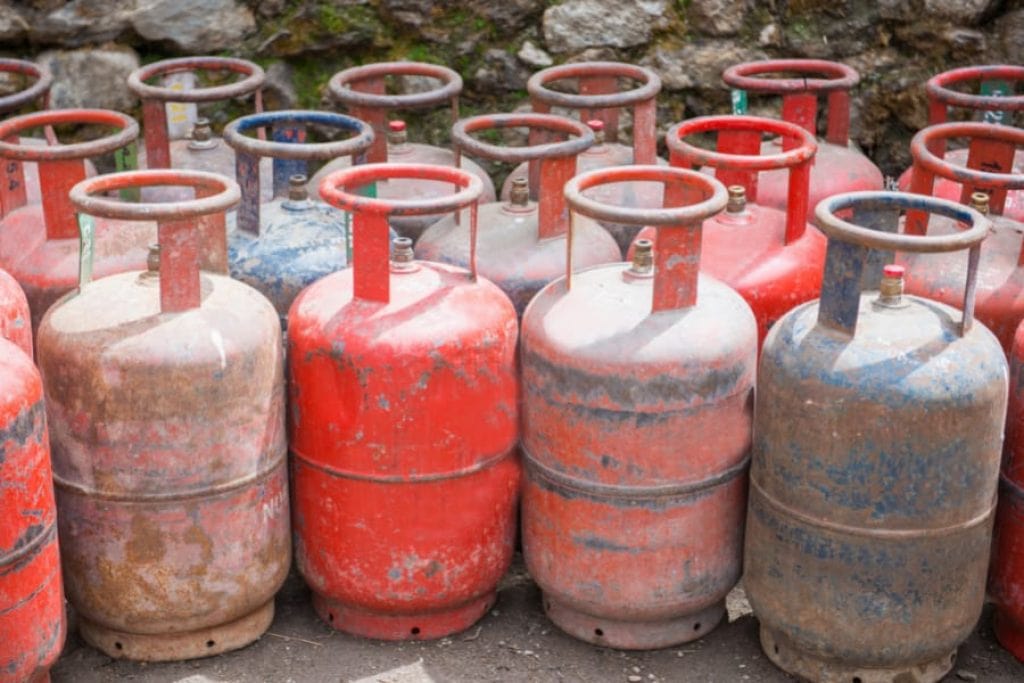
Advantages Of LPG Gas Stove
1. Powerful Flame For Faster Cooking
LPG boasts a much higher calorific value than PNG and thus burns hotter. While burning a cubic foot of LPG generates around 2,500 BTU of energy, the same amount of natural gas produces only 1000 BTU. Hence, an LPG stove offers a more powerful flame and will allow you to cook faster.
2. High Portability
An LPG gas stove offers greater portability, as you can move the cylinder along with the stove if you wish to relocate it to a different position. You can use the gas stove anywhere as long as there’s space to set up the stove and the cylinder.
3. Low Carbon Emissions
Among all fossil fuels, LPG generates the lowest carbon emissions on combustion. The only other commonly used energy source that’s cleaner than LPG is electricity. This makes LPG a relatively eco-friendlier choice and helps maintain a clean environment in the kitchen.
Though LPG can release carbon monoxide if the combustion is incomplete, it does not happen in normal conditions. Proper cleaning and regular maintenance is the key. So, you do not have to worry.
4. Easy Leak Detection
An LPG leak is easy to detect, thanks to an odorant added to the gas. Hence, in case of a gas leak, you can quickly smell it and take the necessary steps. Inhaling too much of this gas during a leak can result in severe complications. However, such cases are pretty rare since the smell of LPG would alert you anyway.
Disadvantages Of LPG Gas Stoves
1. Higher Cost Of LPG
Firstly, LPG costs a bit more than PNG. The extra costs can add up in the long run, rendering an LPG gas relatively less cost-efficient.
2. Gas Supply Can Be Interrupted
Another problem with LPG gas cylinders is that you can’t always get an uninterrupted gas supply. Delays in delivery or not realizing when it’s time to order a new cylinder can cause you to end up without fuel. This can be a severe inconvenience unless you have a spare cylinder or an alternative cooking appliance.
3. Less Safety
Not only is LPG highly combustible, but it’s also heavy and takes time to diffuse into the air. This significantly increases the risk of a fire hazard from LPG vapors coming in contact with an ignition source.
Best Uses Of LPG Gas Stoves
The portability of LPG gas stoves and the high calorific value of LPG make these stoves great choices for almost anyone. Especially if your home doesn’t have a PNG connection already, buying an LPG gas stove will be a good choice as it doesn’t require the installation of a supply line.
What Is A PNG Gas Stove?
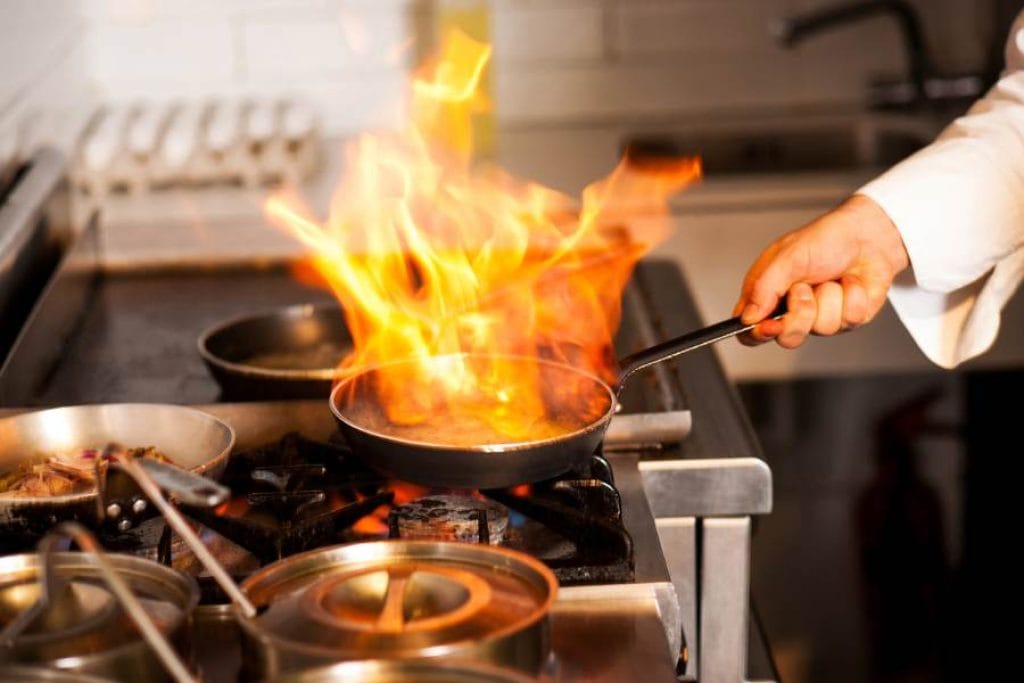
As the name suggests, a PNG gas stove is a type of gas stove that runs on PNG, i.e., piped natural gas. This gas is delivered via a pipeline, which means you have constant access to fuel at all times. PNG mainly consists of methane, along with a small quantity of other hydrocarbons.
You can use a PNG gas stove by connecting it to the pipeline provided by the CGD (City Gas Distribution), regulated by the Petroleum and Natural Gas Regulatory Board (PNGRB), Govt. of India.
One of the key differences between a PNG gas stove and an LPG gas stove is the pressure of the gas. This is why, to use an LPG gas stove with a PNG connection, you first need to get its pressure adjusted by replacing the gas nozzle with a larger diameter.
PNG also has a much lower thermal energy than LPG and outputs less heat energy. With an energy content of 38.7 MJ/m3, it’s a much weaker fuel than LPG.
Recommended PNG gas stoves:
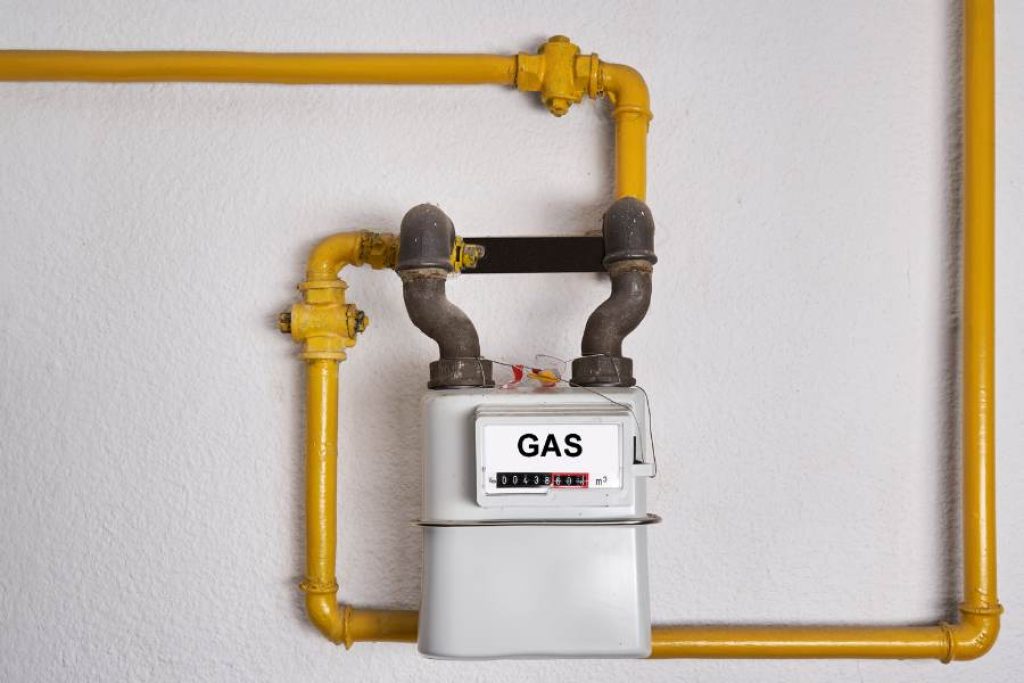
Advantages Of Using A PNG Gas Stove
1. Uninterrupted Gas Supply
You can enjoy an uninterrupted fuel supply with a PNG gas stove without worrying about running out of gas. The overall experience of using a PNG gas stove is convenient as you don’t have to place orders and wait for gas cylinder deliveries.
2. More Cost-Effective
A PNG stove is more cost-effective than an LPG stove in the long run. Not only is PNG cheaper, but you’ll also be paying only for the fuel you use. Unlike LPG cylinders, you won’t be wasting the fuel you paid for by getting a new cylinder when the current one still has little fuel left.
3. PNG Supply Is Space-Saver
A PNG gas stove will also help save space in your kitchen as you no longer need a cylinder. The space taken up by the PNG pipeline is negligible. Safety: PNG is lighter than air and diffuses easily. This significantly reduces the fire risk during a gas leak, although PNG is also highly inflammable.
Disadvantages Of PNG Gas Stove
1. Less Availability
Firstly, PNG isn’t available everywhere in India. You can use a PNG gas stove only if the required fuel is available in the first place. Presently, PNG and CNG supply is limited to a few Indian cities from the states like Haryana, Delhi, Rajasthan, Uttar Pradesh, Andhra Pradesh, Karnataka, Maharashtra, Gujarat, etc.
However, if you have an LPG gas stove but want to use the piped gas supply by the CGD, you can convert it to a PNG gas stove by changing the nozzle to adjust the pressure.
2. More Portability
You can’t move away your PNG gas stove as easily as an LPG gas stove. The appliance must stay connected to the supply pipeline. To place the gas stove further away, you’d need to extend the supply pipeline or get a longer connector pipe. The final connection is quite similar to connecting gas pipe to the stove from an LPG cylinder.
3. Hard To Detect Gas Leakage
Unlike LPG, pipe natural gas is odorless. This makes it much harder to detect a leak.
4. Low Thermal Energy
The low energy value of PNG results in less powerful flames. This means it might take you longer to cook due to low heat generation.
Best Uses Of PNG Gas Stoves
A PNG gas stove would be a great addition to a modern kitchen with a PNG connection. The fact that PNG is more economical than LPG makes it a good choice too. If you are looking for a more hassle-free experience in the long run, go for a PNG stove.
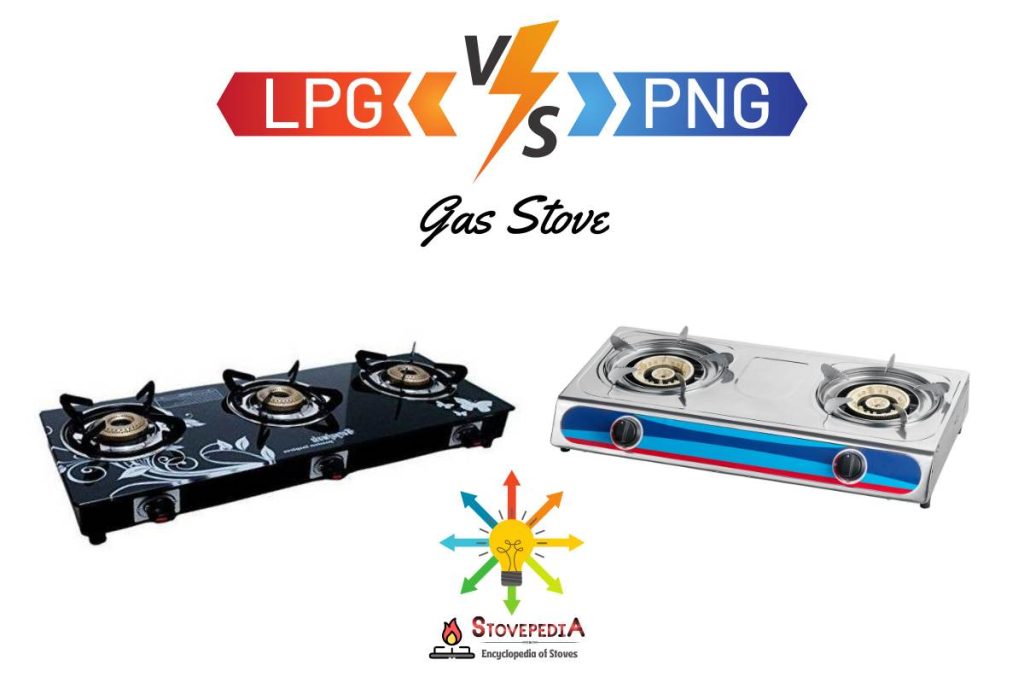
LPG Vs PNG Gas Stove Differences
| Point Of Difference | LPG Gas Stove | PNG Gas Stove |
|---|---|---|
| Heat Energy | An LPG gas stove generates far more heat than a PNG gas stove in a shorter time. | PNG has a lower calorific value, which results in relatively less thermal output. |
| Gas Supply | The gas is supplied in cylinders, which have to be replaced once empty. | You receive PNG through a pipeline and can enjoy constant supply. |
| Portability | You can move your LPG stove anywhere, along with the cylinder. | You can only move your PNG stove to a position where the gas connection would reach. |
| Space Requirement | You need extra space to store the cylinder. | Takes up much less space as you don’t need a cylinder for a PNG gas stove. |
| Fuel Cost | LPG is more expensive than PNG. | Piped natural gas is a more economical choice. |
| Safety | Leaked LPG can catch fire more easily, but the leak is easy to detect. | A PNG leak is less likely to cause a fire, but it may take longer to notice the leak. |
| Availability | LPG gas stoves with different designs are widely available in the market because of wide accessibility of PNG cylinders. | The options for a PNG gas stove is limited as piped gas is available in fewer cities. |
So, Which One Is Better LPG Or PNG Gas Stove And Why?
From the differences of LPG and PNG gas stoves, I find that both are viable choices for different situations. You can go for an LPG gas stove if you’d like a more powerful, portable, and cleaner cooking appliance.
However, a PNG gas stove is a better choice if you prefer the convenience of uninterrupted gas supply and long-term cost-efficiency. If your home doesn’t have a PNG connection, you also have to consider the cost of installing one before you can use a PNG gas stove.
Ultimately, evaluate your specific requirements and check out the best gas stoves compatible to LPG and PNG gas supplies and buy whichever you find most suitable.


Thank you for the important information. I have a series of questions. Could you please share the followings:
1. What modifications are required to make the 4-burner stove compatible for piped gas firing?
2. What repairs or modifications need to be done to achieve higher thermal energy?
3. We had a three-burner PNG stove. When using a 4-burner stove in its place, we found that it did not produce the same level of heat for cooking. What modifications need to be made to achieve a higher amount of heat?
Hello Mr. Sen, I am glad you liked it. Here are my answers for your queries:
1. I have written another article exactly on the conversion process from LPG to PNG and vice versa. You can check it here.
2. PNG has a lower calorific value than LPG. No repair or modification can level them up.
3. It may be due to different sized burners (small, medium and large). I would suggest comparing the size and material of the burners.